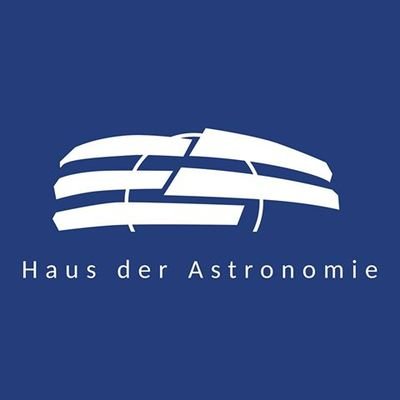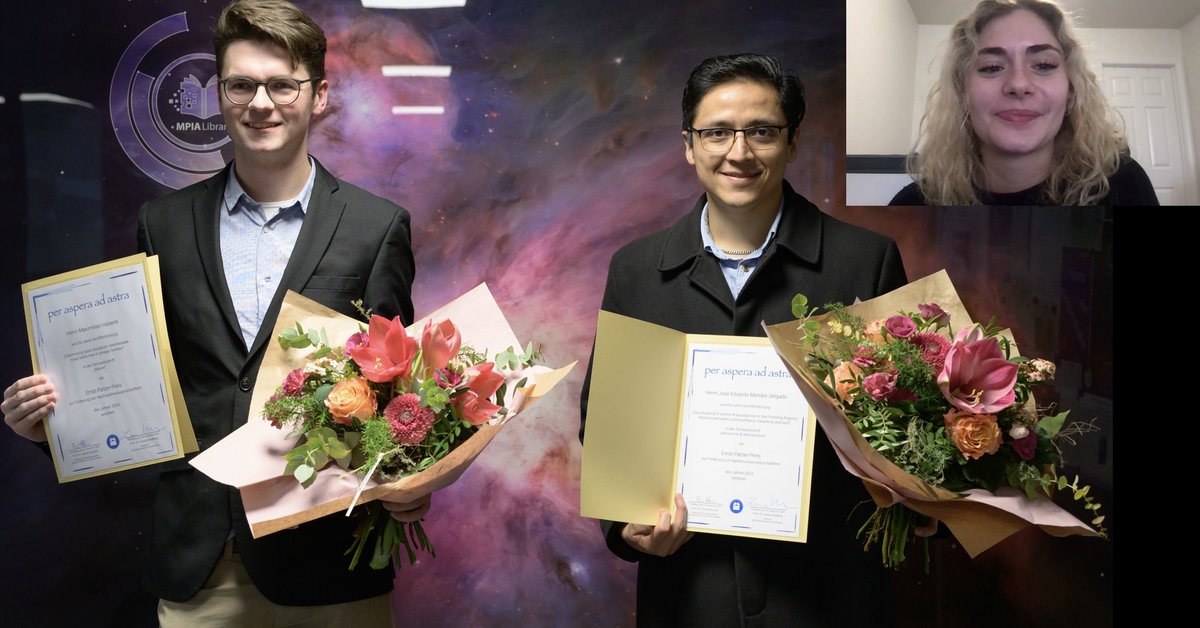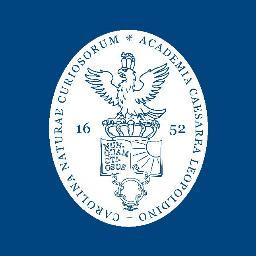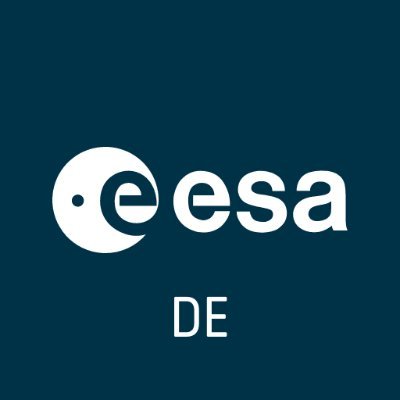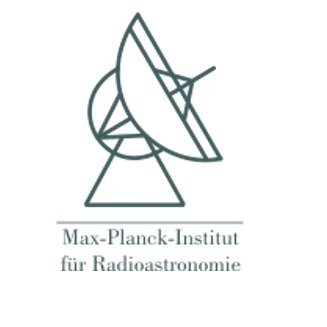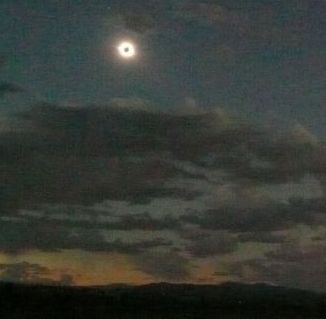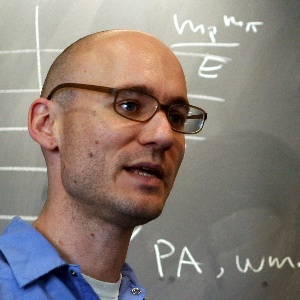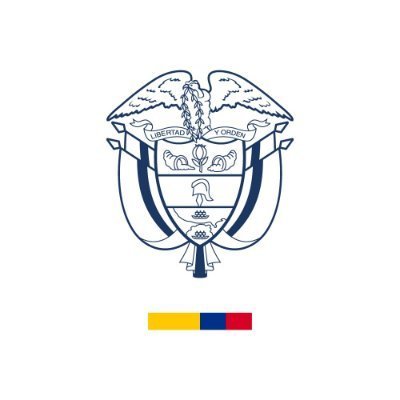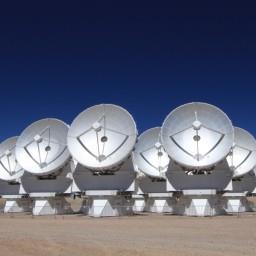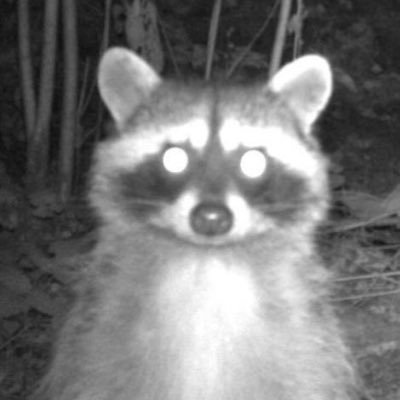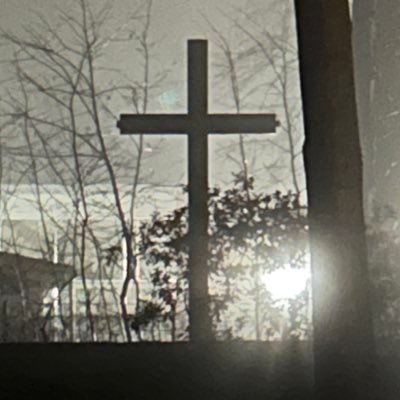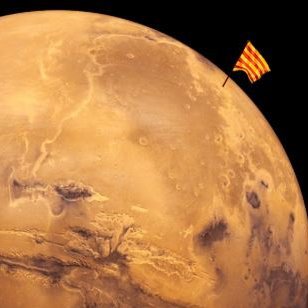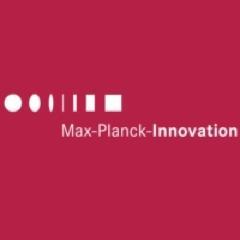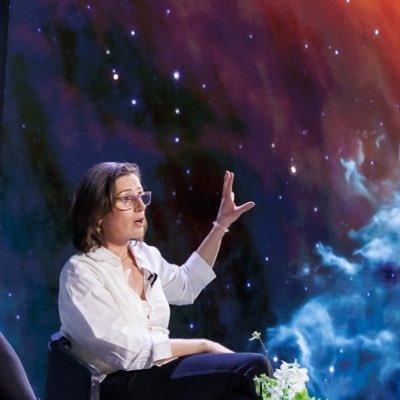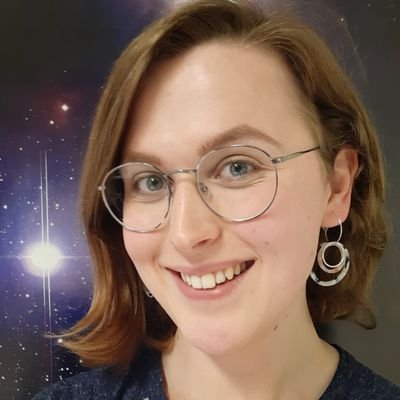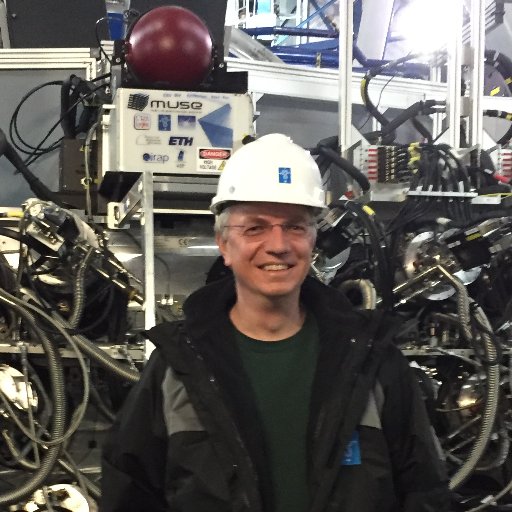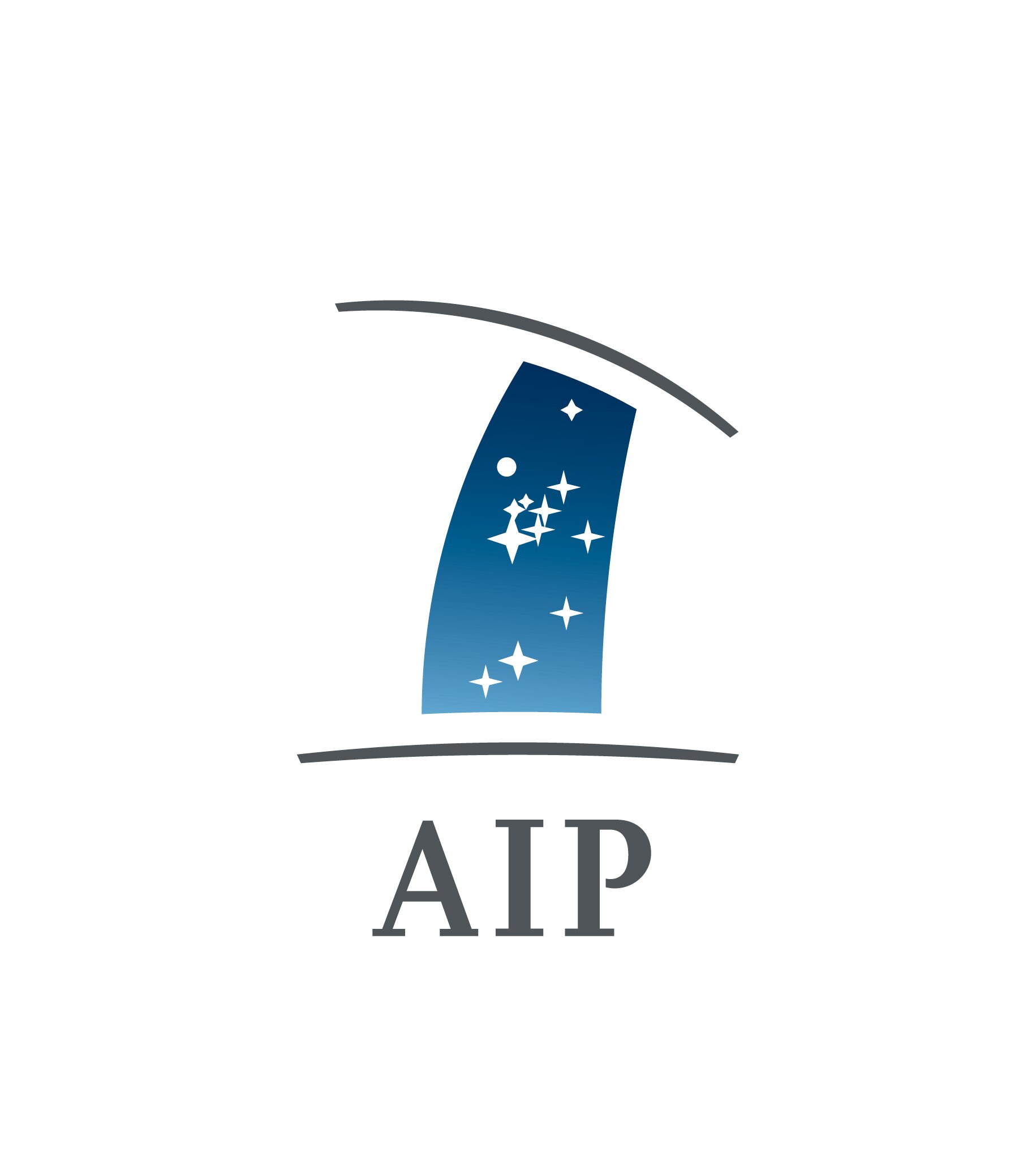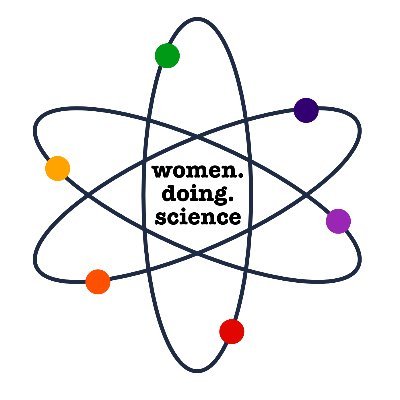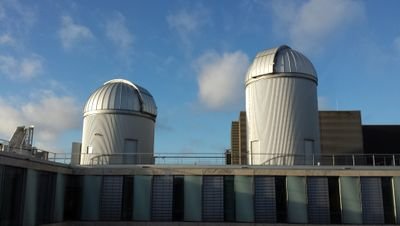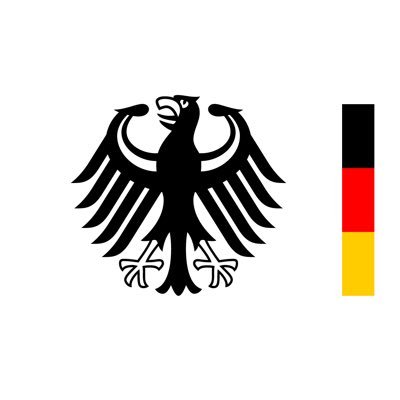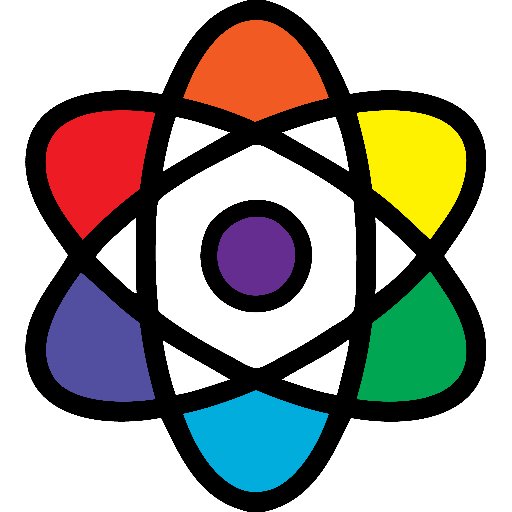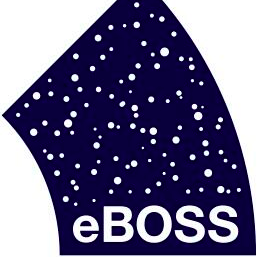
Max-Planck-Institut für Astronomie
@mpi_astro
⚠️ Account wird nicht mehr bedient. Ihr findet uns stattdessen bei Bluesky, Mastodon, Facebook und LinkedIn Impressum: https://www.mpia.de/impressum
You might like
Time to say goodbye. Kommt ihr mit?

Today at the Heidelberg Joint Astronomical Colloquium, Aurora Simionescu will review how supermassive black holes interact with their hot gaseous atmospheres over different scales - hybrid in the Großer Hörsaal at Philosophenweg 12 and online via Zoom physik.uni-heidelberg.de/hephysto/index…

A team of astronomers, including several scientists from MPIA, has used the James Webb Space Telescope to take a closer look at the exoplanet system Trappist-1 and discovered that Trappist-1b could have an atmosphere in contrast to previous assumptions mpia.de/news/science/2…
Ein Team von Astronom*innen, darunter auch mehrere Wissenschaftler*innen vom MPIA, hat mit dem James Webb Space Telescope das Exoplanetensystem Trappist-1 untersucht und festgestellt: Trappist-1b könnte anders als gedacht doch eine Atmosphäre haben mpia.de/aktuelles/wiss…
Applications are open for the 2025 MPIA Summer Internship for bachelor and master students! Deadline: 15 January 2025 More details: mpia.de/en/careers/int…
Tomorrow at 16:30 CET at the Heidelberg Joint Astronomical Colloquium, Philipp Girichidis will demonstrate how do cosmic rays shape the interstellar medium - hybrid in the Großer Hörsaal at Philosophenweg 12 and online via Zoom physik.uni-heidelberg.de/hephysto/index…

Lust auf einen Blick hinter die Kulissen @ESA_JWST? Am Freitag, dem 6. Dezember um 20 Uhr ist @markmccaughrean zu Gast beim @DAIHDGermany und berichtet über die faszinierenden Entdeckungen, die mit dem JWST bereits gelungen sind (auf Englisch) dai-heidelberg.de/de/veranstaltu…
MPIA's Mario Flock has been awarded one of the coveted ERC Consolidator Grants. With the supported project, he wants to understand the growth process of young planets using simulations and make detailed predictions for observations mpia.de/news/2024-floc…
Mario Flock ist mit einem der begehrten ERC Consolidator Grants ausgezeichnet worden. Mit dem geförderten Projekt möchte er den Wachstumsprozess junger Planeten mithilfe von Simulationen verstehen und konkrete Vorhersagen für Beobachtungen treffen mpia.de/6217565/2024_1…
These three young scientists from Heidelberg were awarded the Ernst Patzer Prize in 2024: Maximilian Häberle (MPIA), Jose Eduardo Mendez-Delgado (ARI/ZAH) and Brooke Polak (ITA/ZAH). The award ceremony took place on 29 November at MPIA mpia.de/6216195/2024_1…
2024 wurden wieder drei Heidelberger Nachwuchswissenschaftler*innen mit dem Ernst-Patzer-Preis ausgezeichnet: Maximilian Häberle (MPIA), Jose Eduardo Mendez-Delgado (ARI/ZAH) und Brooke Polak (ITA/ZAH). Die Verleihung fand am 29. November am MPIA statt mpia.de/6216184/2024_1…
What are best practices to make astrophysics and data science work hand in hand? Let's dive into this, tomorrow at the Heidelberg Joint Astronomical Colloquium with Daniela Huppenkothen, hybrid in the Großer Hörsaal at Philosophenweg 12 and online via Zoom physik.uni-heidelberg.de/hephysto/index…

Am Freitag, dem 29. November 2024, ist Klaus Jäger vom MPIA ab 19:30 Uhr bei den Rüsselsheimer Sternfreunden an der Hochschule Rhein-Main zu Gast und erläutert welche Bedeutung Astronomie und Raumfahrt für uns alle haben ruesselsheimer-sternfreunde.de/wir-%C3%BCber-…
ruesselsheimer-sternfreunde.de
Astronomie-Vorträge
Vier mal pro Jahr veranstalten die Rüsselsheimer Sternfreunde e.V. einen öffentlichen Vortrag zu einem astronomischen Thema. Die Vorträge finden freitags um 19.30 Uhr im Raum A38 der Hochschule...
Die Grundlagen sind bekannt – doch wie das Leben wirklich begann, bleibt ein Rätsel. Nobelpreisträger Didier Queloz, der ehemalige NASA-Wissenschaftsdirektor @Dr_ThomasZ, @mpi_astro-Direktorin @lkreidberg u. A. gingen zur Leopoldina-Jahresversammlung 2024 dem Ursprung des Lebens…
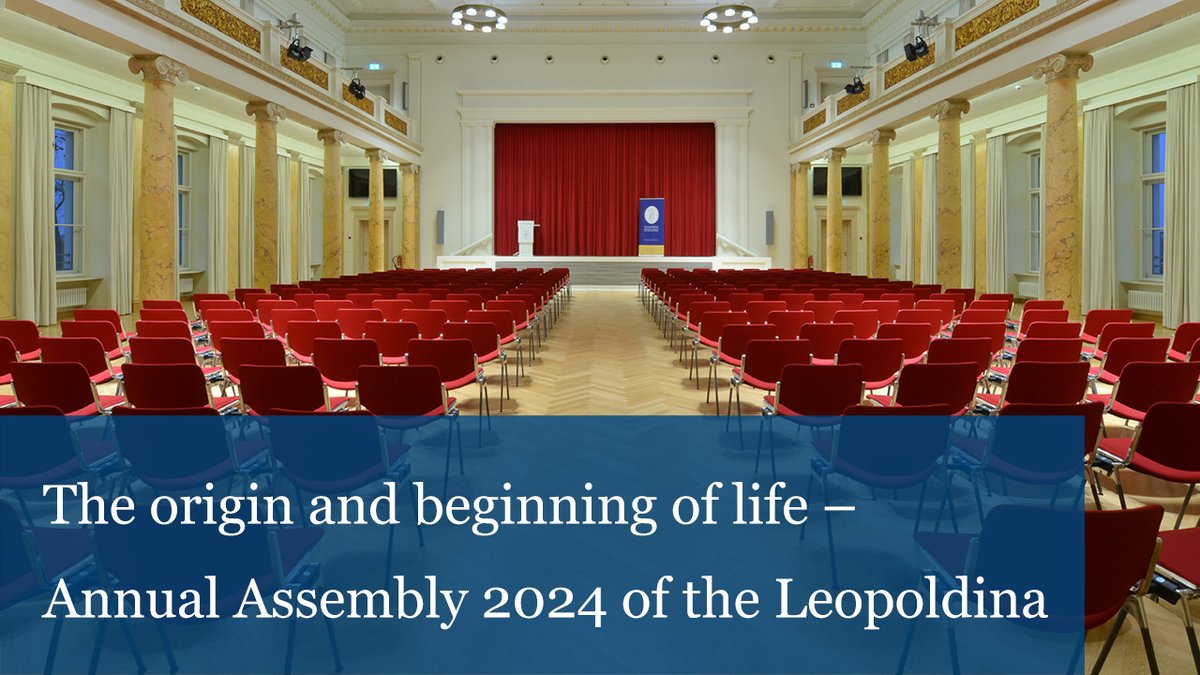
Today at the Heidelberg Joint Astronomical Colloquium: Daisuke Kawata will introduce JASMINE, which will provide precise astrometric information on the stars in the Galactic Centre - hybrid in the Großer Hörsaal at Philosophenweg 12 and online via Zoom physik.uni-heidelberg.de/hephysto/index…

Die Heinz-Haber-Vorlesung am Planetarium Mannheim steht unter dem Motto „Was sucht der Mensch im Weltraum?“ - der diesjährige Referent ist MPIA-Direktor Hans-Walter Rix. Er widmet sich der Entstehung unserer Milchstraße - am 14. November um 19:30 Uhr planetarium-mannheim.de/programme/vort…
United States Trends
- 1. Yamamoto 41K posts
- 2. #DWTS 40.3K posts
- 3. Brewers 41K posts
- 4. Ohtani 13.6K posts
- 5. #Dodgers 15.7K posts
- 6. #TexasHockey 2,619 posts
- 7. #DWCS 7,598 posts
- 8. #WWENXT 18.4K posts
- 9. Young Republicans 64.8K posts
- 10. Robert 106K posts
- 11. Jared Butler N/A
- 12. Haji Wright 1,099 posts
- 13. Carrie Ann 4,721 posts
- 14. Roldan 2,565 posts
- 15. Shohei 8,688 posts
- 16. Politico 290K posts
- 17. Domain For Sale 9,745 posts
- 18. Elaine 62.3K posts
- 19. Will Richard 2,532 posts
- 20. Whitney 15.6K posts
You might like
-
 Vereinigung der Sternfreunde
Vereinigung der Sternfreunde
@astronomietag -
 NSF-DOE Rubin Observatory
NSF-DOE Rubin Observatory
@VRubinObs -
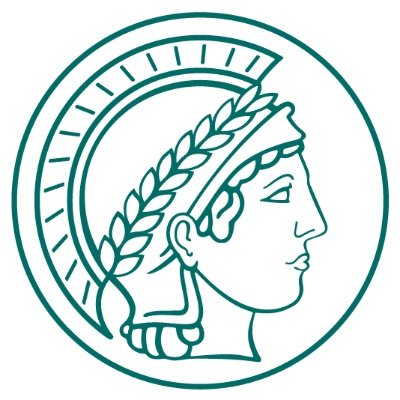 MPI Molecular Biomedicine
MPI Molecular Biomedicine
@MPI_Muenster -
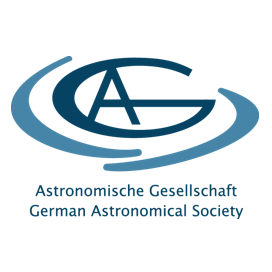 German Astronomical Society
German Astronomical Society
@GermanAstroSoc -
 Max Planck Institute CPfS - TQC
Max Planck Institute CPfS - TQC
@mpi_CPfS -
 MPI of Immunobiology & Epigenetics
MPI of Immunobiology & Epigenetics
@mpi_ie -
 MPI-CSL, Freiburg
MPI-CSL, Freiburg
@MPICSL -
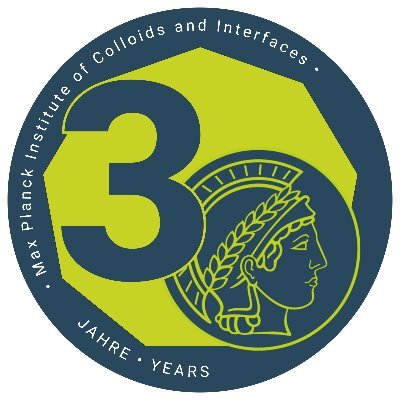 Max Planck Institute of Colloids and Interfaces
Max Planck Institute of Colloids and Interfaces
@MpiciPotsdam -
 Allgäuer Volkssternwarte Ottobeuren
Allgäuer Volkssternwarte Ottobeuren
@AVSO_de
Something went wrong.
Something went wrong.












